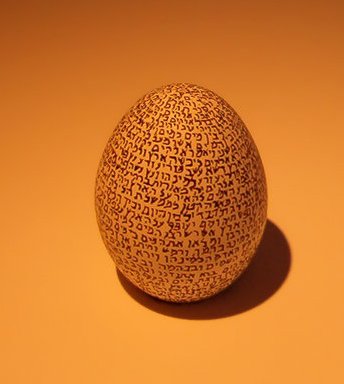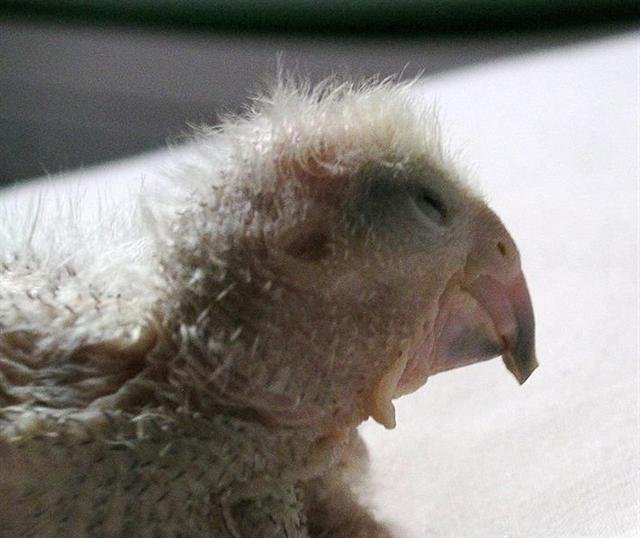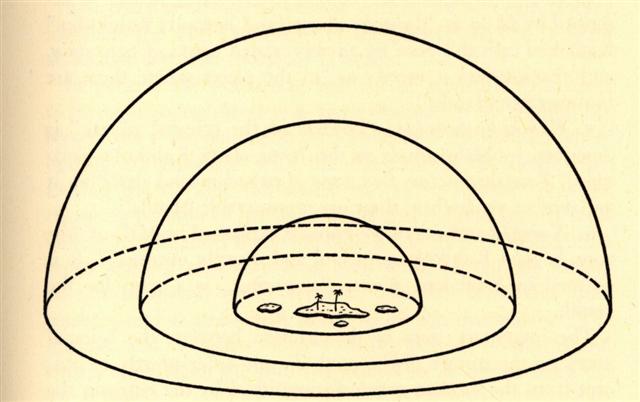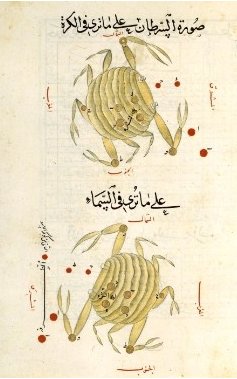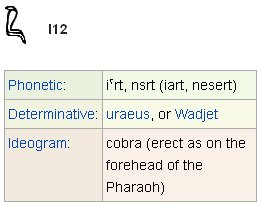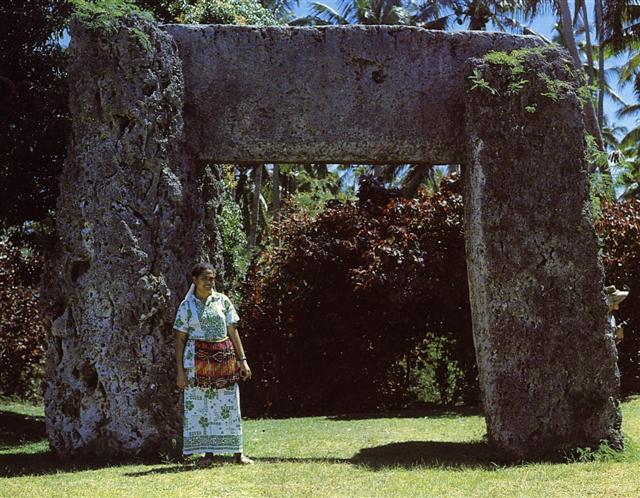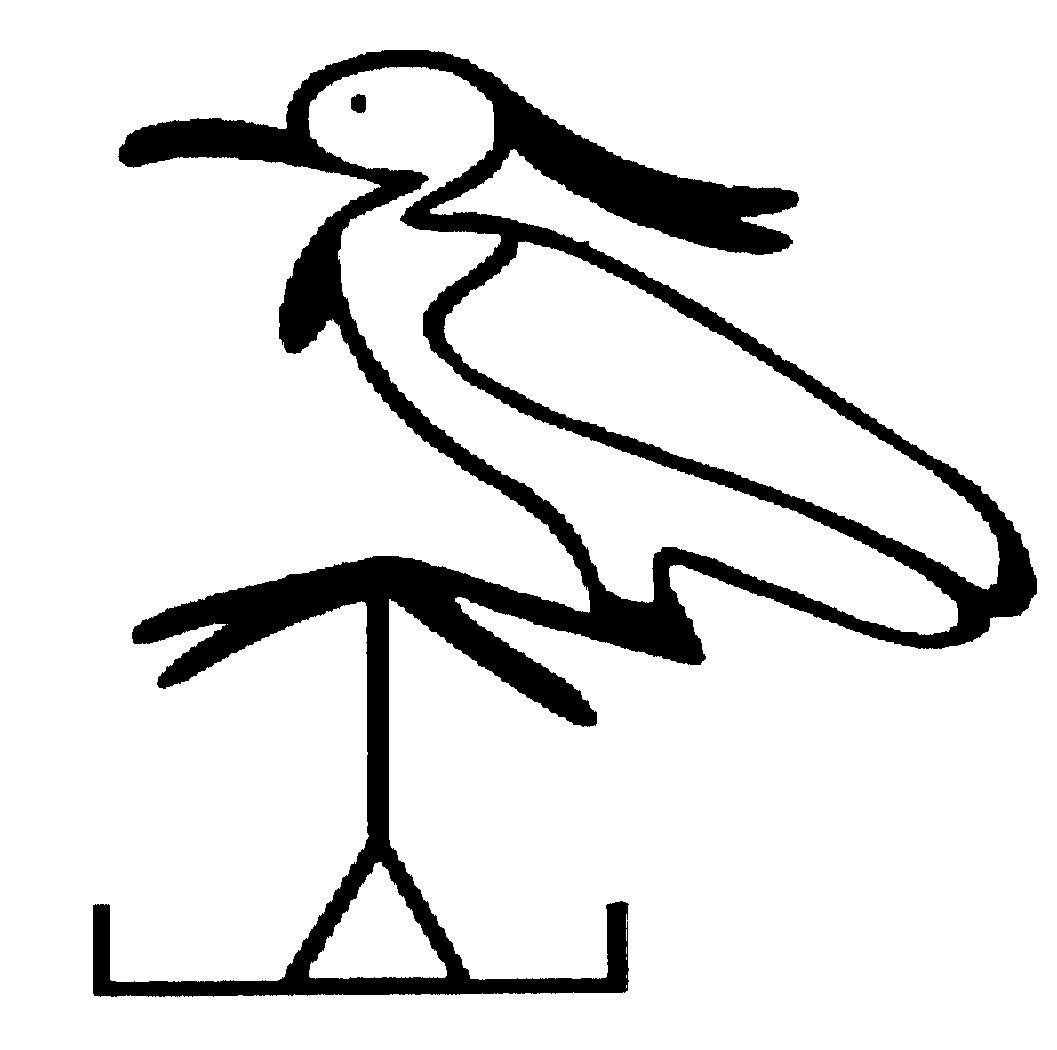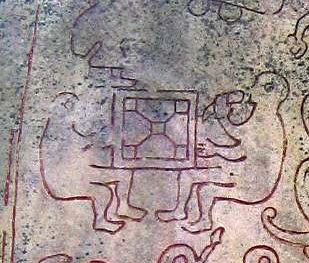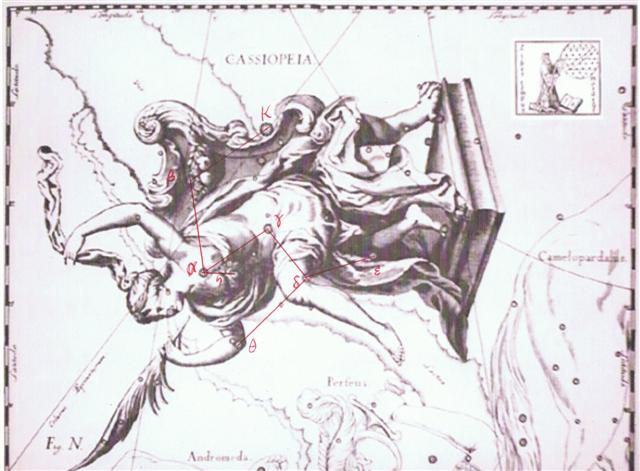|
RIGEL
In my summary for the glyph type hua poporo I have drawn attention to the pair Ca1-19--20: ... Metoro's poporo seems to point forward - if we would read popo-ro as raindrops - to the coming tu'a (back) side. The hua part (of his hua poporo), on the other hand, seems to point to the preceding season - to the time when Sun was enabling the fruits to ripen. Therefore the glyphs seem to tell about 'breadfruit' rather than 'nightshade' (if these were the only two alternatives we could choose from) ...
Here above (Ca1-19) we can see a clear example of the hua poporo type of glyph with 4 'berries' in a formation surrounding a lifegiving 'broad as daylight breadfruit'. Below (Ca9-8) there are 6 'berries' surrounding a lean and growing (tupu) 'offspring'. 236 + 80 = 316 and 316 - 64 = 252 (*172) → 172 (June 21, the northern summer solstice). In short: 236 - 64 → 8 * 29½ - 8 * 8 = 172 = 4 * 59 - 4 * 32 = 4 * 27. ... The Mahabharata insists on six as the number of the Pleiades as well as of the mothers of Skanda and gives a very broad and wild description of the birth and the installation of Kartikeya 'by the assembled gods ... as their generalissimo', which is shattering, somehow, driving home how little one understands as yet. The least which can be said, assuredly: Mars was 'installed' during a more or less close conjunction of all planets; in Mbh. 9.45 (p. 133) it is stressed that the powerful gods assembled 'all poured water upon Skanda, even as the gods had poured water on the head of Varuna, the lord of waters, for investing him with dominion'. And this 'investiture' took place at the beginning of the Krita Yuga, the Golden Age ...
Tupu. 1. Shoot, sprout, bud; to sprout, to bud. 2. Pregnant: vî'e tupu (o te poki); to be conceived (of fetus in its mother's womb): he-tupu te poki i roto i te kopú o toona matu'a. Vanaga. To grow, to sprout, to germinate, to come forth, to conceive, pregnant, germ; mea tupu, plant; tupu ke avai, of rapid growth; tupu horahorau, precocious; hakatupu, to produce, to stimulate growth, to excite. P Pau.: fakatupu, to raise up, to create. Mgv.: tupu, to grow, to conceive, to be pregnant. Mq.: tupu, to grow, to sprout, to conceive. Ta.: tupu, to grow, to sprout. Churchill. Mgv.: Tupu, the best or worst, used of men or of bad qualities. Sa.: tupu, king. Ma.: tupu, social position, dignity. Churchill.
Possibly we should perceive that the illustration in Ca9-8 has 1 + 6 'berries' corresponding to the 4 + 3 emtpy (infertile) 'twigs' at Ca1-20 → She who makes food scarce: ... Antares, visible in the morning sky of December-January, came to stand for summer heat; hence the saying, 'Rehua cooks (ripens) all fruit'. The generally accepted version of the Rehua myth, according to Best, is that Rehua had two wives, the stars on either side of Antares. One was Ruhi-te-rangi or Pekehawani, the personification of summer languor (ruhi), the other Whaka-onge-kai, She-who-makes-food-scarce before the new crops can be harvested ... On the other hand, the cryptic hakaraoha (Ca1-20), which ought to mean 'to create choking on fishbones', Raoa. Pau.: To choke on a fishbone. Mgv.: roa, a bone stuck in the throat. Ta.: raoa, to choke on a bone. Sa.: laoa, to have something lodged in the throat. Ma.: raoa, to be choked. Churchill. could point at a diet of fishes during the season of the Winter Maid: ... Hamiora Pio once spoke as follows to the writer: 'Friend! Let me tell of the offspring of Tangaroa-akiukiu, whose two daughters were Hine-raumati (the Summer Maid - personified form of summer) and Hine-takurua (the Winter Maid - personification of winter), both of whom where taken to wife by the sun ... Now, these women had different homes. Hine-takurua lived with her elder Tangaroa (a sea being - origin and personified form of fish). Her labours were connected with Tangaroa - that is, with fish. Hine-raumati dwelt on land, where she cultivated food products, and attended to the taking of game and forest products, all such things connected with Tane ... Sea and Land was the pair of fundamental food sources: ... Then she said to the first snail: 'Can you open this room a little, so that we can sit down?' The snail said it could, and opened the shell a little. Old-Spider then took the snail, placed it in the west of the shell, and made it into the moon. Then there was a little light, which allowed Old-Spider to see a big worm. At her request he opened the shell a little wider, and from the body of the worm flowed a salted sweat which collected in the lower half-shell and became the sea. Then he raised the upper half-shell very high, and it became the sky. Rigi, the worm, exhausted by this great effort, then died. Old-Spider then made the sun from the second snail, and placed it beside the lower half-shell, which became the earth ... Old-Spider placed the Sun beside the lower half-shell which therefore became the earth (land together with its surrounding sea).
The upper half-shell should correspond to the starry firmament of the night sky above.
The normal configuration of a pair of maitaki glyphs has 3 layers and the pair in Ca1-19--20 should therefore constitute a strong Sign.
Ca9-18 (246) - Ca1-19 = 227 ↔ 314 ↔ π.
The most obvious choice for a star representing the earth should be Spica - that's where time was beginning, that's when the last Ice Age began to thaw, and that's where the creative mud started to emerge:
... What happens after (or happened, or will happen sometime, for this myth is written in the future tense), is told in the Völuspa, but it is also amplified in Snorri's Gylfaginning (53), a tale of a strange encounter of King Gylfi with the Aesir themselves, disguised as men, who do not reveal their identity but are willing to answer questions: 'What happens when the whole world has burned up, the gods are dead, and all of mankind is gone? You have said earlier, that each human being would go on living in this or that world.' So it is, goes the answer, there are several worlds for the good and the bad. Then Gylfi asks: 'Shall any gods be alive, and shall there be something of earth and heaven?' And the answer is: 'The earth rises up from the sea again, and is green and beautiful and things grow without sowing. Vidar and Vali are alive, for neither the sea nor the flames of Surt have hurt them and they dwell on the Eddyfield, where once stood Asgard. There come also the sons of Thor, Modi and Magni, and bring along his hammer. There come also Balder and Hoder from the other world. All sit down and converse together. They rehearse their runes and talk of events of old days. Then they find in the grass the golden tablets that the Aesir once played with. Two children of men will also be found safe from the great flames of Surt. Their names, Lif and Lifthrasir, and they feed on the morning dew and from this human pair will come a great population which will fill the earth. And strange to say, the sun, before being devoured by Fenrir, will have borne a daughter, no less beautiful and going the same ways as her mother.' Then, all at once, concludes Snorri's tale wryly, a thunderous cracking was heard from all sides, and when the King looked again, he found himself on the open plain and the great hall had vanished ...
And the corresponding place on the upper half shell was.evidently the bare Left Knee of Cassiopeia - i.e. Ksora (δ):
|
|||||||||||||||||||||||||||||||||||||||||||||||||||||||||||||||||||||||||||||||||||||||||||||||||||||||||||||||||||||||||||||||||||||||||||||||||||||||||||||||||||||||||||||||||||||||||||||||||||||||||||








